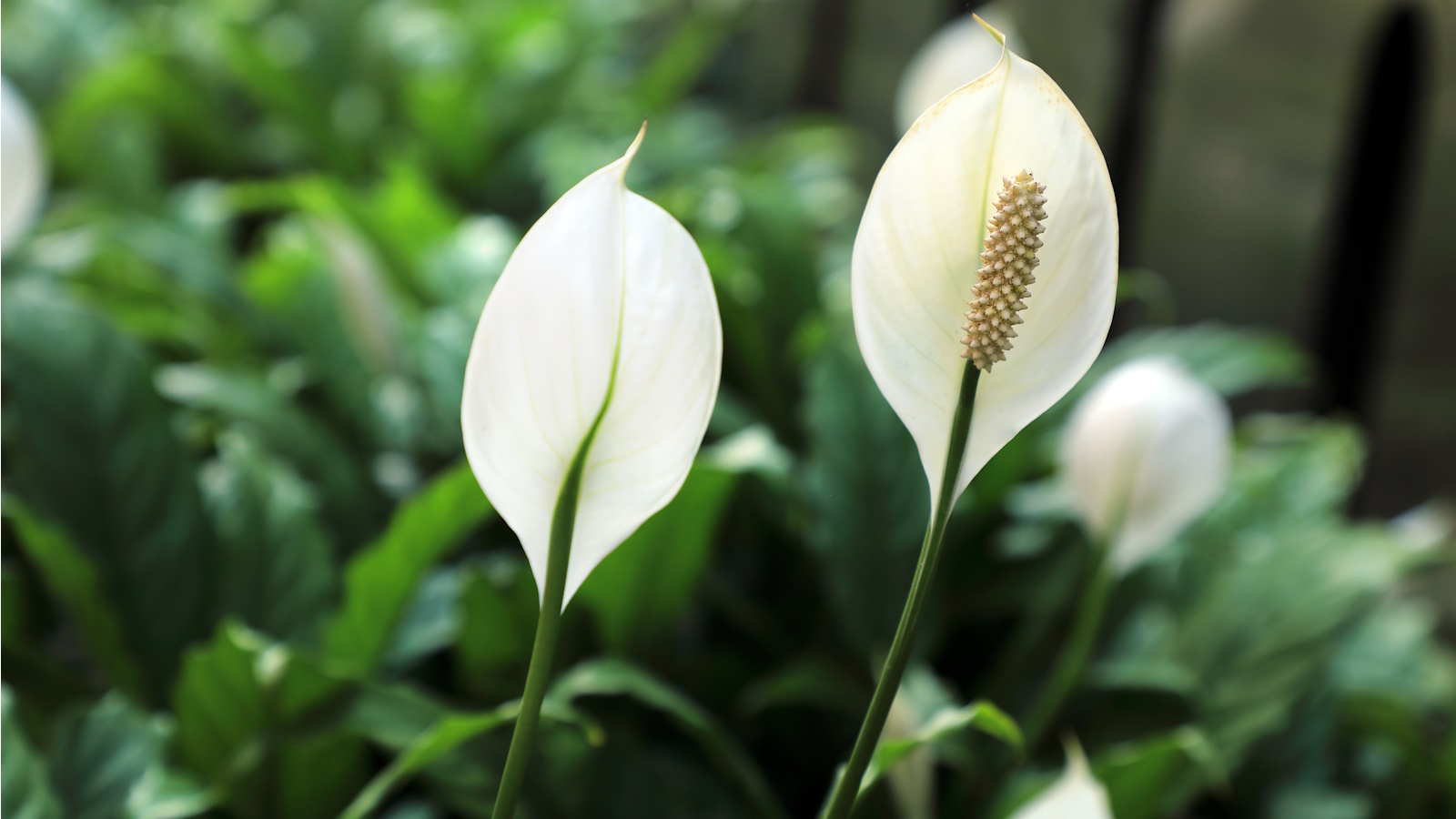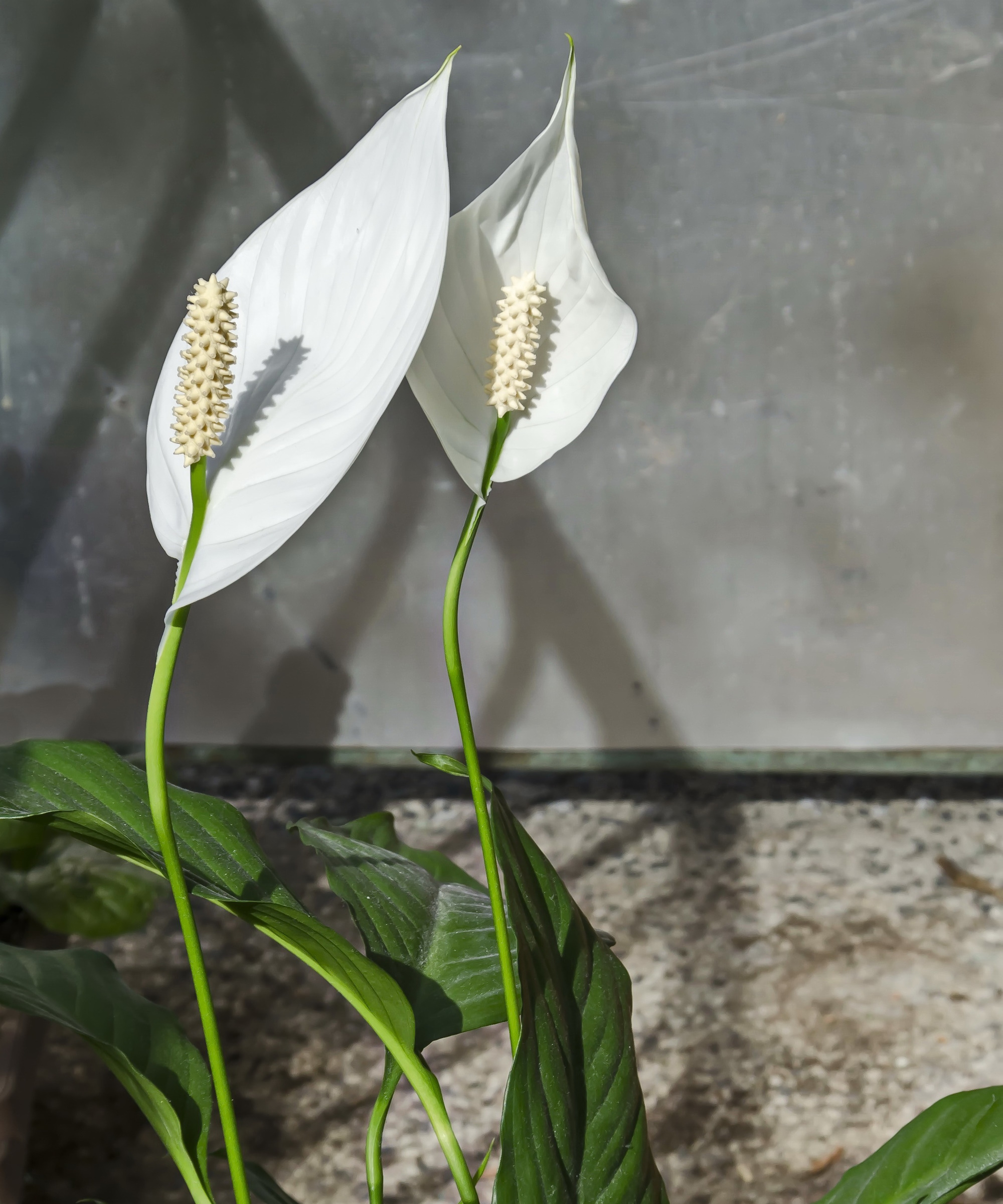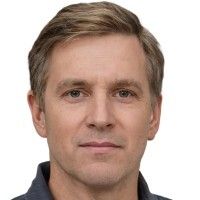Can you grow a peace lily outdoors? Expert tips for a sophisticated flowering addition to your yard
Peace lilies have become popular indoor plants, but it is possible to grow them outdoors in the right conditions


If you're a houseplant lover, there's no doubt you would have come across a peace lily. These flowering plants add elegance to any room, often making a beautiful centerpiece that does all the talking.
But did you know they can be grown outdoors too? Peace lily care is easy indoors as these indoor flowering plants are relatively low-maintenance. However, there are a few things to keep in mind when choosing to grow them outdoors - the first being that you should only grow peace lilies outdoors if you experience a warmer climate and live within US hardiness zones 10+.
We've asked plant experts how to successfully grow peace lilies outdoors, so that you can add this sophisticated bloom to your yard.

How to grow a peace lily outdoors
It's possible to grow peace lilies outdoors, but only in certain environments. We've spoken to experts to find out more about growing peace lilies outdoors and what to do to keep them healthy.
1. Choose a bright position for your peace lily

As with many other flowering plants, lots of bright light can help your peace lily bloom for longer.
'Peace lilies will do best in bright, indirect light, so when you are planting them outdoors, choose a spot that receives dappled sunlight or partial shade,' says Sally Allsop, founder of All That Grows. 'Avoid placing them in direct sunlight as it can scorch their leaves,' she adds.
When planting your peace lily in a bright spot, out of direct sunlight, it is also good to be aware that these plants do best in well-draining soil. It can be a good idea to plant it in a container garden to help aid drainage.
Design expertise in your inbox – from inspiring decorating ideas and beautiful celebrity homes to practical gardening advice and shopping round-ups.
Choosing a container with drainage holes, like this planter from Amazon, can further help your peace lily drain well. This also means you can move your peace lily around until you find the spot with the best light for it.

Sally is an avid gardener and founder of the online gardening site All That Grows. She has many years of hands-on gardening experience and a thirst of knowledge about plants and their needs. Sally is passionate about sharing her love for gardening and sharing tips with other gardeners.
2. Plant your peace lily during spring or summer

You should aim to plant your peace lily during spring and summer when the weather is warmer and the lily is actively growing.
'Peace lilies can be planted outdoors during the spring or summer months when the weather is warm and there is no risk of frost,' says Sally. 'Planting during this time allows the plant to establish its roots before colder weather sets in,' she adds.
If you are moving an indoor plant outdoors, experts recommend giving the peace lily some time to adapt before planting it in its final position.
'If you are taking it outside for the summer, it should be acclimated first,' says Lisa Eldred Steinkopf from the Houseplant Guru. The best way to do this by placing your peace lily in a shady spot for the first couple of weeks before planting it up. Failing to do so could cause your peace lily to droop.

Lisa is a houseplant expert who runs her blog The Houseplant Guru with over a decade of professional experience at Steinkopf Nursery and Garden Center in Michigan. As a child, Lisa helped her grandma tend to African violets and other houseplants. Since then, Lisa has forged a career providing houseplant advice, holding lectures and writing for publications across the US.
3. Keep your peace lily well watered

Peace lilies are thirsty houseplants and will need consistent moisture outside too. It's a good idea to keep this plant at a happy water level otherwise you may notice your peace lily turning brown or your peace lily turning yellow.
'Water them regularly, keeping the soil moist but not soggy. Let the top inch of soil dry out between watering,' says Evan Torchio, plant expert and CEO of Tree Mender.
You can use a moisture meter, like this soil moisture meter from Amazon, to monitor water levels and ensure your peace lily doesn't dry out or become oversaturated.
You might also choose to fertilize a peace lily when watering it to boost growth, using plant food like this peace lily fertilizer from Amazon. 'You should fertilize your outdoor peace lilies with a balanced, water-soluble fertiliser about every six weeks during the spring and summer and then reduce frequency during autumn and winter,' says Sally.

Evan Torchio is a plant expert and the CEO and Founder of Tree Menders. He earned a bachelor’s degree in forestry and is a member of the International Society of Arboriculture. Evan provides advice on indoor and outdoor plants.
FAQs
Does a peace lily need shelter outdoors?
It's a good idea to choose a sheltered spot for your peace lily to protect its foliage and flowers. It can become scorched in full sun and damaged in frost. You might want to consider overwintering your peace lily as temperatures start to drop. Planting it in a container that can be moved around makes this a lot easier.
Peace lilies are popular indoor plants, but they are also beautiful when grown outdoors. It's important to only grow them outdoors if you live in a warmer climate and are able to provide optimal conditions for them to thrive.
Whether you're growing a peace lily indoors or in a container outdoors, it's important to also be aware of how to repot a peace lily to keep them healthy and happy.

Tenielle is a Gardens Content Editor at Homes & Gardens. She holds a qualification in MA Magazine Journalism and has over six years of journalistic experience. Before coming to Homes & Gardens, Tenielle was in the editorial department at the Royal Horticultural Society and worked on The Garden magazine. As our in-house houseplant expert, Tenielle writes on a range of solutions to houseplant problems, as well as other 'how to' guides, inspiring garden projects, and the latest gardening news. When she isn't writing, Tenielle can be found propagating her ever-growing collection of indoor plants, helping others overcome common houseplant pests and diseases, volunteering at a local gardening club, and attending gardening workshops, like a composting masterclass.